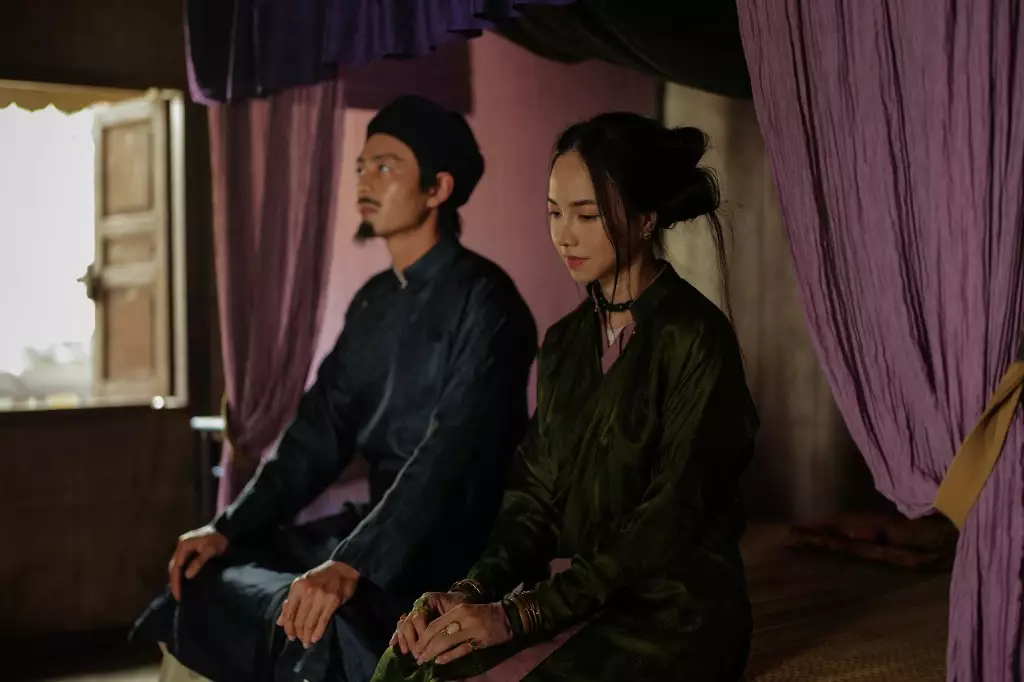In the ever-evolving landscape of international cinema, “Detective Kien: The Headless Horror,” directed by the innovative Victor Vu, serves as a groundbreaking example of the merging of cultural heritage with modern storytelling. This film doesn’t just represent a successful local box office phenomenon; it is set to transform its native Vietnamese cinematic narrative on a worldwide scale. The film’s international release across twelve countries, including the U.S., Germany, and Japan, marks a crucial step in promoting Southeast Asian narratives to global audiences. This is not simply another horror movie; it aims to carve out a distinct space for Vietnamese cinema along the international landscape, one frame at a time.
A Rich Tapestry of Narrative and Identity
“Detective Kien” successfully intertwines elements of horror and historical drama by exploring the murky waters of a headless body discovered amidst the rich cultural backdrop of 19th-century Vietnam, specifically during the Nguyen Dynasty. This narrative approach does more than aim for shock value; it serves as a vessel for cultural exploration. Victor Vu’s insistence on authenticity is imperative—his meticulous attention to production design, costumes, and location choices showcases the societal norms and beliefs of Vietnamese life at a pivotal historical moment. This layered storytelling is a testament to how horror can transcend simple scares to engage audiences with deeper cultural themes.
Box Office Success: A Bellwether for Asian Cinema
Opening locally on April 30, “Detective Kien” has already proven its worth by amassing an impressive 150 billion VND (around $5.8 million) within the first eight days, rapidly climbing to a total of 239 billion VND ($9.2 million) since its release. Such financial success isn’t merely an isolated achievement but a critical turning point for Asian cinema, especially in a world increasingly dominated by Hollywood blockbusters. As Vietnam now prepares to see its second-highest-grossing film of the year, this phenomenon could catalyze a newfound interest from international distributors looking to invest in diverse narratives, expanding their understanding of what global cinema can entail.
Victor Vu: A Visionary with Purpose
Victor Vu isn’t just another director in a long line of filmmakers; he is a visionary artist committed to highlighting Vietnam’s unique cultural identity on the world stage. His previous works, such as “Mat Biec” and “Yellow Flowers on the Green Grass,” signal a growing trend toward narratives that engage international audiences while still being quintessentially Vietnamese. In his own words, Vu states that his passion lies in showcasing Vietnam’s culture, deeply infusing a sense of national pride with an international appeal. With “Detective Kien,” he doesn’t shy away from this ambition but rather amplifies it, offering an authentic glimpse into Vietnam’s traditions and historical intricacies.
The Importance of Theatrical Experience in Today’s World
As cinema continues to grapple with the implications of streaming services and changing viewing habits, Thien A. Pham, founder of 3388 Films, makes a compelling case for the theatrical experience. His belief that watching films should be a communal endeavor is vital in today’s society, where digital isolation is increasingly prevalent. By advocating for the theatrical experience, “Detective Kien” stands as both a cultural artifact and a necessary response to the digital age’s challenges. Nothing quite compares to the visceral connections formed within the dim confines of a theater, experiencing together the thrills and chills of a masterfully crafted narrative.
“Detective Kien: The Headless Horror” is not merely a film; it is a cultural phenomenon that challenges the widescale perceptions of Asian cinema while inviting audiences to partake in a rich heritage filled with intrigue and excitement. From its portrayal of historical events through a modern lens to its significant contributions to the discourse on community and experience, its impact is poised to resonate far beyond the silver screen. In a world saturated with mediocrity, films like these shine brightly, signaling the potential for growth, diversity, and representation in global cinema.

